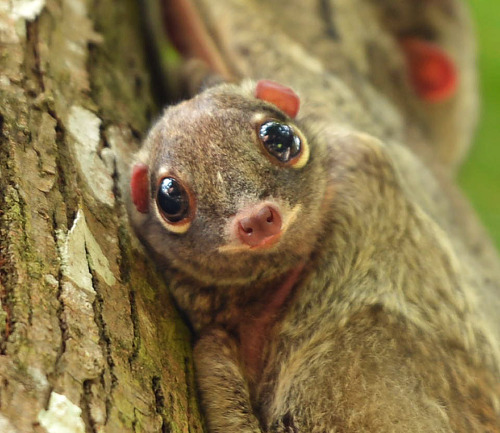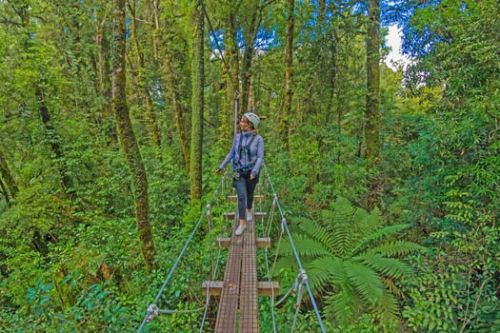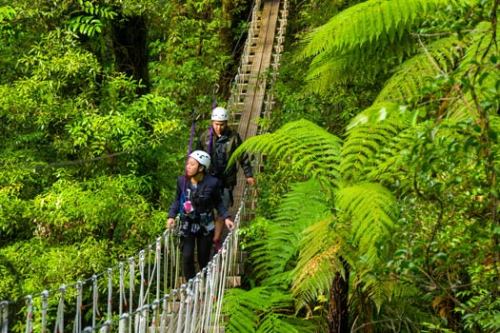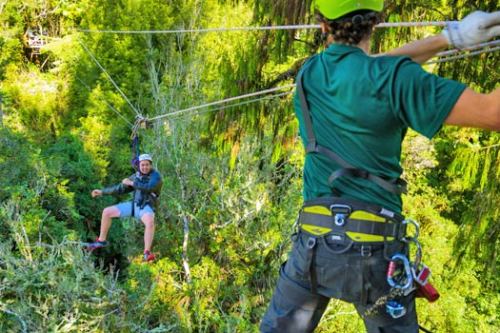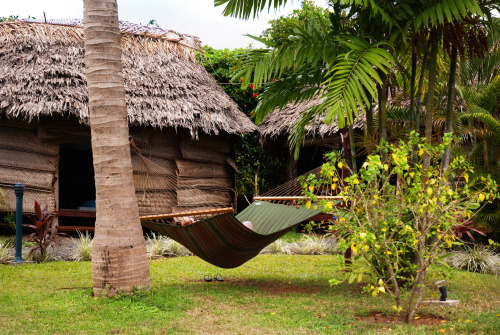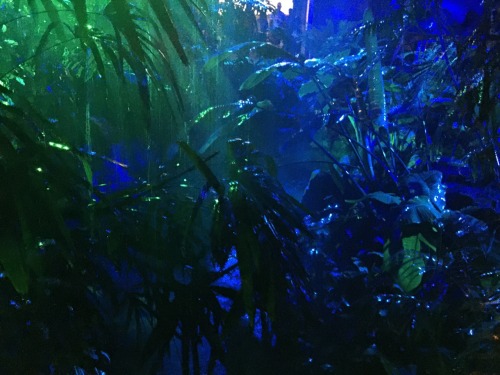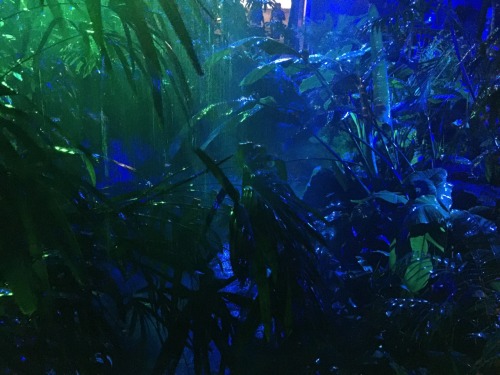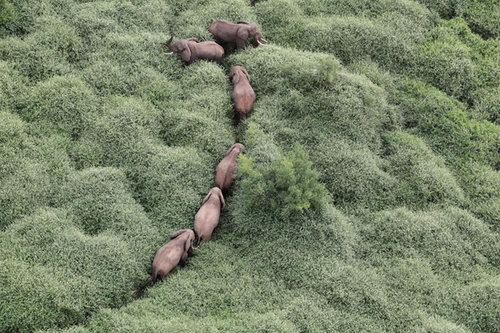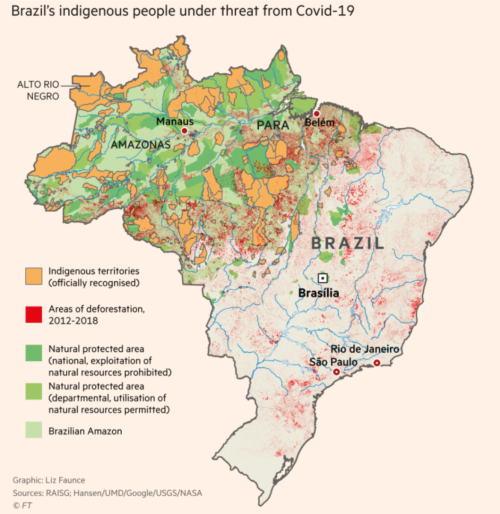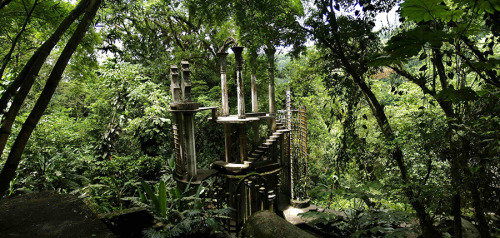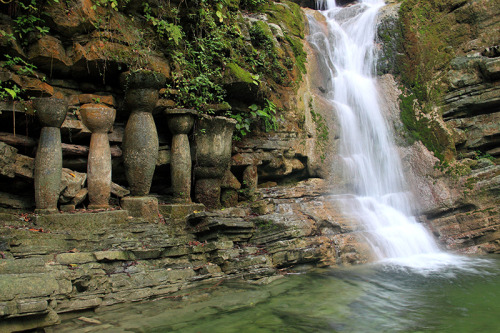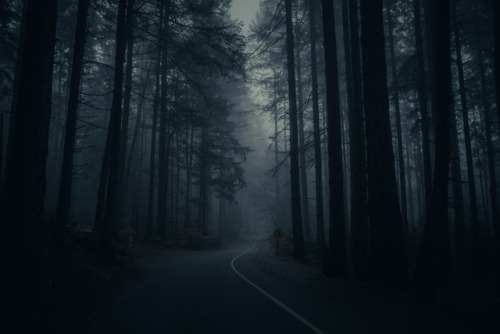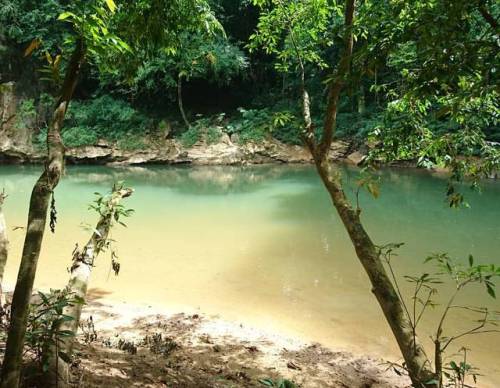#rainforest
Marmosets are New World monkeys, which means they have prehensile tails and are dichromatic (they see only two colors). Old World monkeys like chimps, gorillas, and orangutans are trichromatic and can see in “full” color like humans. Marmosets live in the upper tree canopies of South American rainforests and eat insects, fruit, and leaves. Their long lower incisors help them chew holes in tree trunks to access carbohydrate-rich tree sap. Marmosets lives in large family groups and females commonly give birth to fraternal twins.
Post link
Also known as the “flying lemur,” these large tree-dwellers live in the rainforests of Southeast Asia. They are nocturnal and eat leaves, shoots, and flowers. To protect and transport a baby colugo, the mother curls her tail up to form a quasi-pouch.
Post link






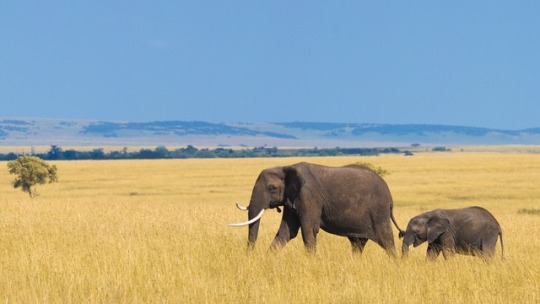


Let’s protect ALL of Earth’s habitats and ecosystems, EVERY day.
A little preview of my illustration for the Grow, a Charity zine for the Amazonian forest !
( to learn more about GROW : https://www.instagram.com/grow.artzine/ ))
Please take a look at this wonderful project if you haven’t already done so !! The crowdfunding ends in less than 5 hours !
Post link
Textures of the forest…
Cathedral Grove,
Vancouver Island, BC. Canada
~Coast to Coast~Shades of Black & White~Abstractions~
Post link

Just trying some filters…
Quinault Rainforest

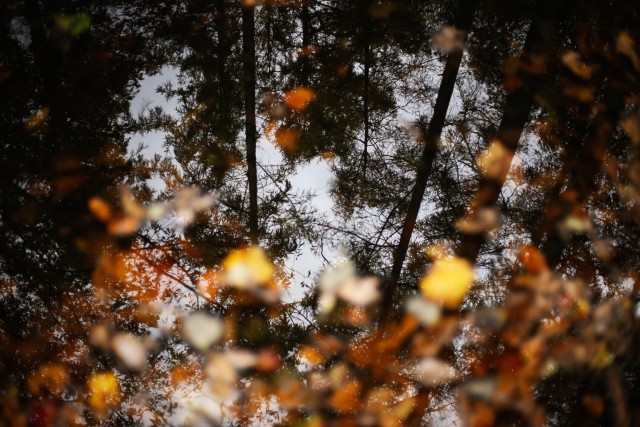
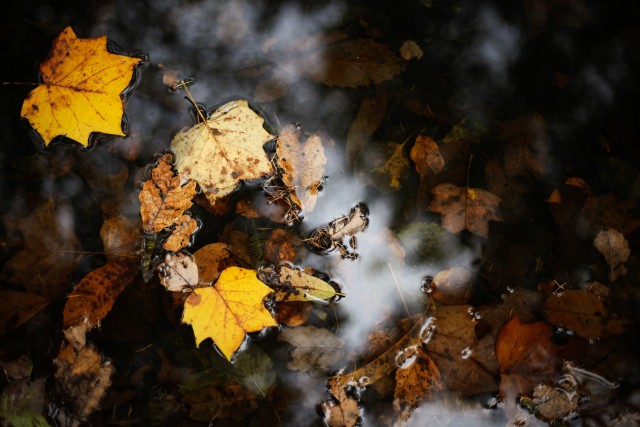







山に入ってきました。
いいねぇ…
水の中すごく綺麗だった。
post,20211121
Osa pulchra blooming at the Huntington Botanical Garden, San Marino, California.
Osa pulchra is the holy grail of showy tropical flowering plants and most of us have never heard of it. This spectacular member of the Rubiaceae is exceptionally rare, both in the wild and in cultivation. It is quite unusual that a flowering plant of such exuberant beauty can go virtually unknown for so long in cultivation. Its close relatives of better fame Portlandia grandifloraandCubanola dominguensis, are familiar to some horticulturists in tropical climates.
While in bloom this magnificent shrub may superficially resemble a coffee tree with white Brugmansia flowers hung from its branches, but surpasses both in elegance. The pendent trumpet-shaped fragrant white flowers are thick in texture and 22 cm in length.
I have been working with a good friend, Dylan Hannon, Curator of the Rose Hills Foundation Conservatory for Botanical Science and Tropical Collections at the Huntington Botanical Gardens (San Marino, California) for the past 4 years to help insure this species’ survival ex situ within Hawai'i and in a few other suitable tropical countries.
Until 2007, this endangered species was only known from two disjunct populations in the south of Costa Rica, one on the Atlantic side and the other on the Pacific side in wet lowland rainforest. Less than 30 individuals exist between these two populations in which natural reproduction is very poor. In addition, because of the location and nature of both colonies, botanists have been hesitant to accept that these plants weren’t planted by humans at some point due to their proximity to human dwellings¹. Five years ago Osa pulchra was found for the first time in Bocas del Toro, Panama. University of Panama biologists Reyes Carranza and Fermín Hernández found this species during an environmental impact survey² . This exciting discovery may be the first record of a wild population.
Nearly all plants in cultivation outside Mesoamerica trace back to seven seedlings resulting from a pod collected in 1996 on a Missouri Botanical Garden expedition to the Osa Peninsula. About 100 F1 seedlings were raised at the Huntington and distributed to select conservatories in mainland USA in 2006¹. Notably showy specimens can currently be seen at the New York Botanical Garden, the Atlanta Botanical Garden and the Huntington.
Propagation of Osa pulchra is not for the impatient horticulturist. Growing from seed is the preferred method. Asexual propagation is possible but it exacts a sacrifice of the terminal stem. As with Portlandia,Osa have exhibited stubborn apical dominance, sometimes referred to as the ‘conifer effect’. Hand pollination must be carried out between two different clones because individual flowers are infertile. Gestation will take up to 11 months, upon which seeds must be sown with haste due to their limited window of viability.
¹ Hannon, DP. (2007). Osa pulchra: fragrant trumpet flowers from central america. Tropical Flowering Tree Society Quarterly, (Winter), 9-11.
² Aiello, A, Correa, M, Galdames, C, Alvarado, M, & Calderon, ML. (2007, August 31). Remarkable new plant record for panama. STRI News, Retrieved from striweb.si.edu/strinews/PDFs/August_31_2007.pdf
© Uluwehi Knecht (text) © Dylan Hannon (text)
Post link
COVID IN THE RAINFOREST: Emerging Crisis hits the Amazon
With more than 250,000 reported cases, Brazil has become the country with the third-highest number of confirmed COVID-19 infections in the world. Some analysts say the exact figure could be up to fifteen times higher than the confirmed figure, as there is insufficient testing in the large South American nation.
Many isolated and impoverished indigenous groups in Brazil’s Amazon region are at a higher risk, as their community settlements are located far from medical service providers, surrounded by many of miles of rainforest. This map by the Financial Times shows the officially recognized indigenous territories in Brazil, which are amongst the poorest in South America.
In Amazonas, home to many of Brazil’s indigenous territories, more than 1,200 people have already died of COVID-19. Scientists and indigenous chiefs believe the spread of infection can be traced to gold miners and loggers in the region, who have increased illegal activities in the Amazon while national attention has been diverted from environmental protection during the pandemic.
This map depicts the location of the indigenous communities in Brazil under threat from coronavirus. All COVID-19 updates will be displayed in a red box.
Source: Financial Times, May 15, 2020
Post link
Las Pozas, Mexico
Las Pozas dates back to 1947 when Edward James was living in Mexico, in semi-exile. Deep within the rainforests of Mexico, seven hours outside of Mexico City, lies a magical hidden gem that very few have had the pleasure of stumbling across. It’s called Las Pozas and it is a sculpture garden, tucked away from prying eyes and at one with nature. It was created by a man named Edward James, an eccentric man who spent millions to create this magical wonderland that’s comprised of 20 acres of natural waterfalls and mountain springs.
Post link
Point Defiance Park Tacoma Washington covered in fog. For more of my work: Instagram.com/r4s & erickramirezphotography.com
For prints and presets: etsy.com/erickramirezphoto
Post link
We made a stop during bamboo rafting at the Khao Sok National Park the other day
#soperfectitssurreal #amazingnature #nofilterneeded #beautiful #Thailand #khaosok #vacation #holiday #nature #river #naturephotography #rainforest #Asia #travelling #travel #travelgram #instatravel #latergram (hier: Khao Sok National Park)
Post link


